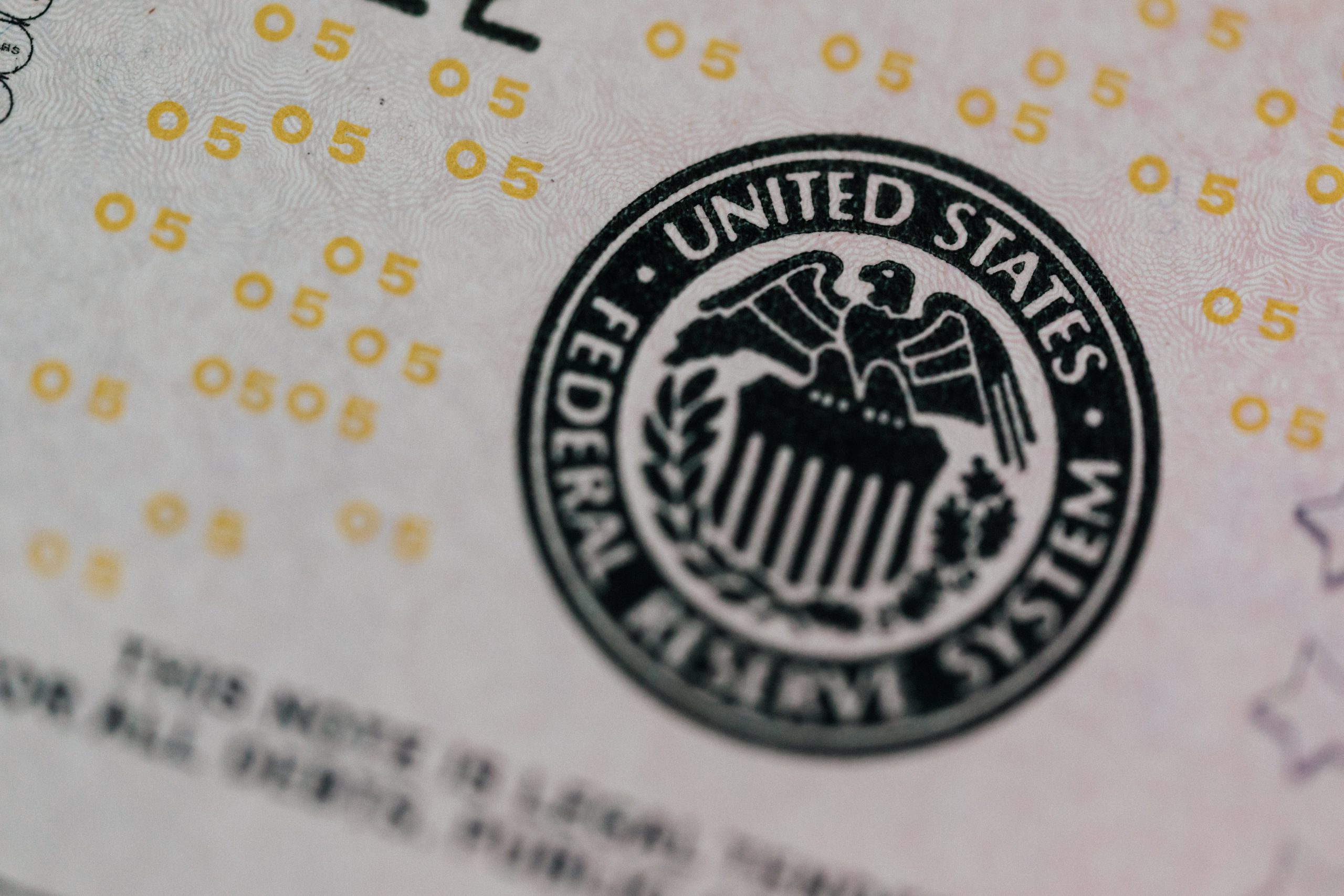Understanding Tax Penalties and Fines
Mistakes happen; sometimes, you miss a tax payment or forget to file your taxes on time. Understanding IRS tax penalties and fines is essential to avoiding penalties altogether or limiting the amount you owe to the IRS.
This article covers the basics of how IRS penalties work and provides tips on avoiding them or limiting what you owe.
What Does the IRS Charge Penalties For?
The IRS expects you to meet your tax obligations year after year without fail. If you fail to meet your tax obligations, you will most likely pay a penalty.
Some of the reasons that the IRS may charge a penalty includes failing to:
- File your return by the deadline
- Prepare an accurate return
- Pay any taxes that you owe on time and in the correct way
While there are several penalties the IRS may assess, almost all of them are charged because of one of the three reasons above.
How Do You Know if You Owe the IRS a Penalty?
The IRS will notify you that you owe a penalty via an IRS notice or letter that is sent in the mail. The letter will describe why you are receiving the penalty, how much you owe, and what the next steps are.
If you miss the initial notice, don’t worry! The IRS will send a follow-up notice letting you know that they haven’t heard from you and that you now owe more money than before.
The IRS has a different notice or letter for practically everything. To learn about the different types of notices, read our article entitled, “What Does the IRS Send Notices For?“
How Do IRS Penalties Work?
Each type of IRS penalty works a little differently. However, there are two basic components to each penalty:
- Penalty – the amount owed for failing to meet your tax obligation on time.
- Interest – the increase of the penalty amount and any owed taxes over the period you fail to pay your penalty and owed taxes.
The interest charged on your taxes typically occurs for each month that you fail to pay your taxes and penalties. Therefore, it’s best to pay any owed taxes before the start of the next month to avoid additional interest. However, the good news is that most IRS penalties typically have a cap on the amount that can be charged.
Common Types of Tax Penalties
The IRS has a long list of penalties that they send notices and letters for. However, there are a few penalties that are assessed more often than others.
Failure to File
The failure to file a penalty occurs when you fail to either file an extension or file your taxes by the tax deadline. The penalty is 5% of your unpaid taxes for each month that your return is late, with a maximum cap of 25% of the taxes owed. This penalty is not applied if the IRS actually owes you a tax refund, but you may lose your refund if you fail to file within three years of the original due date.
Failure to Pay
The failure-to-pay penalty happens when you fail to pay taxes owed to the IRS on time. The penalty is 0.5% of the taxes owed per month, with a cap of 25% of the total taxes owed. Filing a tax extension will help you avoid a failure-to-file penalty, but not a failure-to-pay penalty.
Underpayment of Estimated Taxes
If you are self-employed or don’t have taxes taken out of your paycheck, you need to pay the IRS estimated quarterly payments. At the end of the year, if you owe more than $1,000, you could be charged a penalty.
The penalty is assessed based on the difference between the amount of estimated taxes you paid in each quarter and the effective interest rate for that quarter. The rate and amount that you may owe as a penalty can vary from quarter to quarter.
The IRS does offer two “safe harbor” options if you do end up miscalculating your estimated taxes. If you pay 90% of the taxes you owe in the current year or 100% of the previous year’s owed taxes (and make estimated payments), then you can potentially avoid the penalty.
Dishonored Check
If you write a check or set up an automatic withdrawal and don’t have the money in your account to cover the amount, the IRS will assess you a penalty.
The penalty for a dishonored check is 2% of the check’s value. However, if the check is less than $1,250, the penalty is $25, or the amount of the check if it’s lower than $25.
How to Avoid IRS Penalties
The best way to avoid IRS penalties is by filing and paying your taxes on time. However, mistakes do happen, and the IRS recognizes this. In instances where you have reasonable cause for missing a penalty or payment, or it’s your first offense, the IRS may waive the penalty.
Getting penalty abatement from the IRS isn’t always easy. Therefore, it’s best to use IRS Shield to help walk you through working with the IRS. We can help you communicate your situation to the IRS to give you the best shot at being approved for penalty abatement.
If this isn’t your first time getting a penalty or you’ve accrued a large amount of tax debt, check out our article on how to resolve your debt with the IRS.


